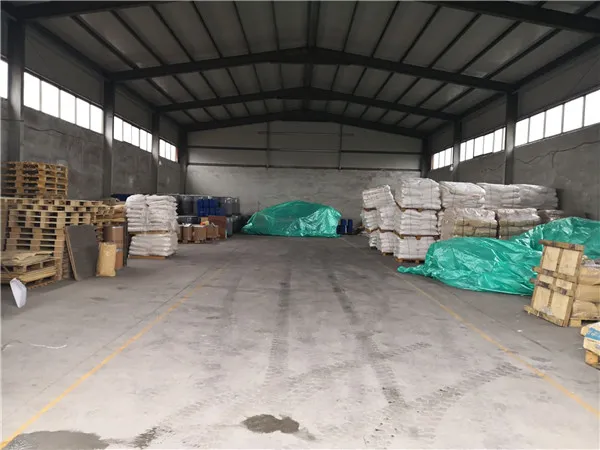Color Additives for Plastics Enhancing Aesthetics and Functionality
Color additives are essential components in the plastics industry, playing a crucial role in the aesthetics, functionality, and marketability of plastic products. These additives can be classified into several categories, including colorants, pigments, and dyes, each serving specific purposes and offering distinct advantages.
The Importance of Color Additives
Applying color to plastics not only enhances their visual appeal but also improves their performance in various applications. In consumer products, color additives can significantly influence purchasing decisions. For instance, a vivid, eye-catching hue can make a product stand out on the shelves, leading to increased sales. Moreover, color can convey information about the product's features, such as identifying safety-related components or indicating different functionalities.
Types of Color Additives
1. Pigments These are solid colorants that provide opacity and strength to plastic materials. Pigments are generally more stable than dyes, making them suitable for outdoor applications where UV resistance is vital. They come in organic and inorganic forms, with inorganic pigments typically offering superior stability and resistance to heat.
2. Dyes Unlike pigments, dyes are soluble materials that impart color by penetrating the plastic substrate. Dyes are often used in applications where transparency or a high degree of saturation is desired. However, they can be less stable than pigments and may lead to color fading over time, particularly when exposed to sunlight.
color additives for plastics

3. Masterbatches These are concentrated mixtures of pigments or dyes encapsulated in a carrier resin. Masterbatches simplify the coloring process, allowing manufacturers to produce consistent color outcomes with ease. This approach offers flexibility and minimizes the risk of measurement errors during production.
Environmental Considerations
As the plastic industry faces increasing scrutiny over its environmental impact, the choice of color additives is also evolving. Biodegradable and renewable colorants are becoming more popular as manufacturers seek sustainable alternatives to traditional additives. Additionally, regulatory bodies are implementing stricter guidelines on the use of certain colorants, particularly those that may pose health risks. Manufacturers must navigate these regulations while ensuring that they meet consumer expectations for safety and performance.
Application Across Industries
Color additives are utilized across various industries, including packaging, automotive, construction, and consumer goods. In the packaging sector, vibrant colors can enhance brand recognition and appeal. In automotive applications, color additives not only contribute to aesthetics but also play a role in heat absorption and reflectivity, impacting energy efficiency. In the construction industry, colored plastics are used for roofing and siding materials, combining aesthetic value with durability.
Conclusion
Color additives are indispensable in the plastics industry, shaping the look and functionality of products across diverse sectors. As technological advancements continue to emerge, so do the possibilities for more innovative, efficient, and eco-friendly color solutions. The future of plastic coloring holds great promise, balancing aesthetic needs with environmental responsibility, ensuring that both manufacturers and consumers can benefit from vibrant, sustainable products. Understanding the role and characteristics of these additives is essential for anyone in the field, fostering the development of high-quality plastic applications that meet today’s demands.

